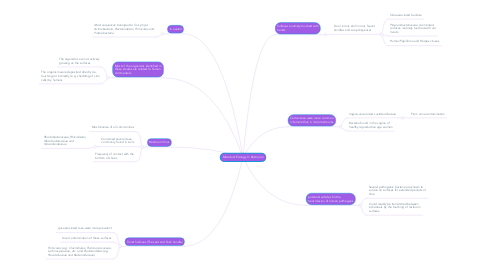Microbial Ecology In Restroom
by Ho Poh Ling


1. Restroom floor
1.1. Most diverse of all communities
1.2. Contained several taxa commonly found in soils
1.2.1. Rhodobacteraceae, Rhizobiales, Microbacteriaceae and Nocardioidaceae
1.3. Frequency of contact with the bottom of shoes
2. Surfaces routinely touched with hands
2.1. Door in/out, stall in/out, faucet handles and soap dispenser
2.1.1. Skin-associated bacteria
2.1.2. Propionibacteriaceae, dominated surfaces routinely touched with our hands
2.1.3. Human Papilloma and Herpes viruses
3. Toilet Surfaces (The seat and flush handle)
3.1. gut-associated taxa were more prevalent
3.2. fecal contamination of these surfaces
3.3. Firmicutes (e.g. Clostridiales, Ruminococcaceae, Lachnospiraceae, etc.) and Bacteroidetes (e.g. Prevotellaceae and Bacteroidaceae)
4. Certain taxa were more common in female than in male restrooms
4.1. Vagina-associated Lactobacillaceae
4.1.1. From urine contamination
